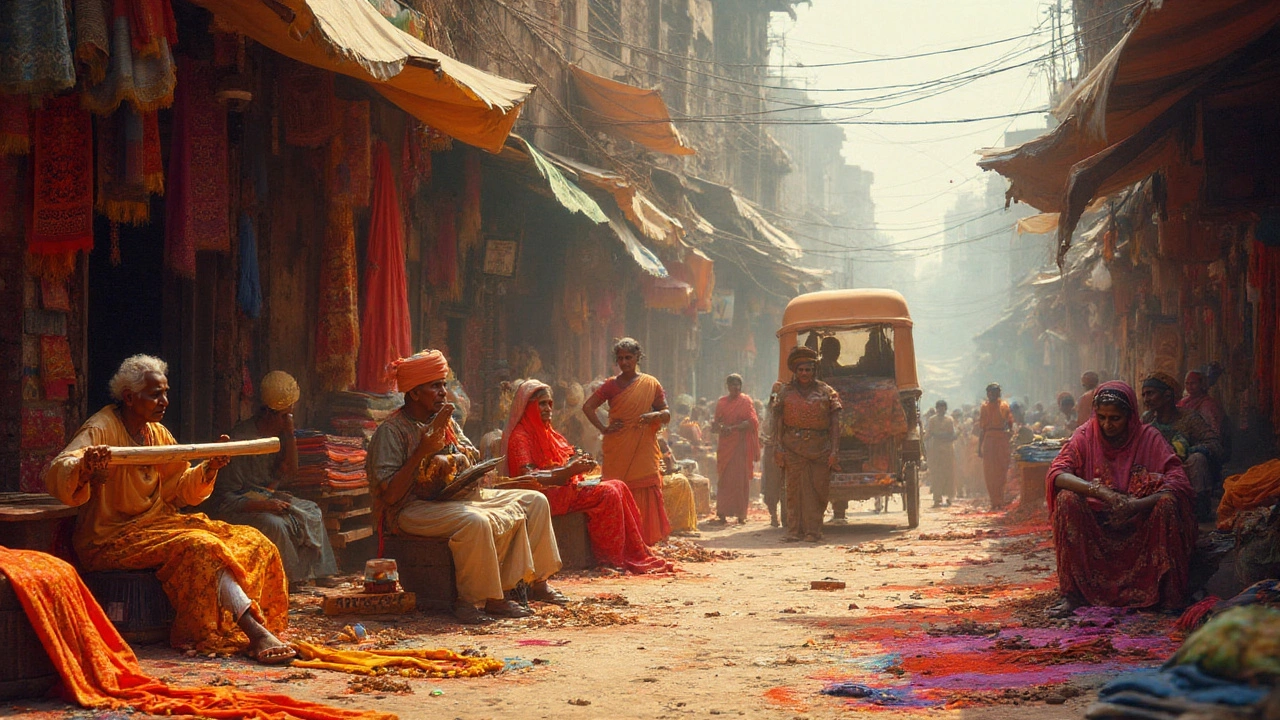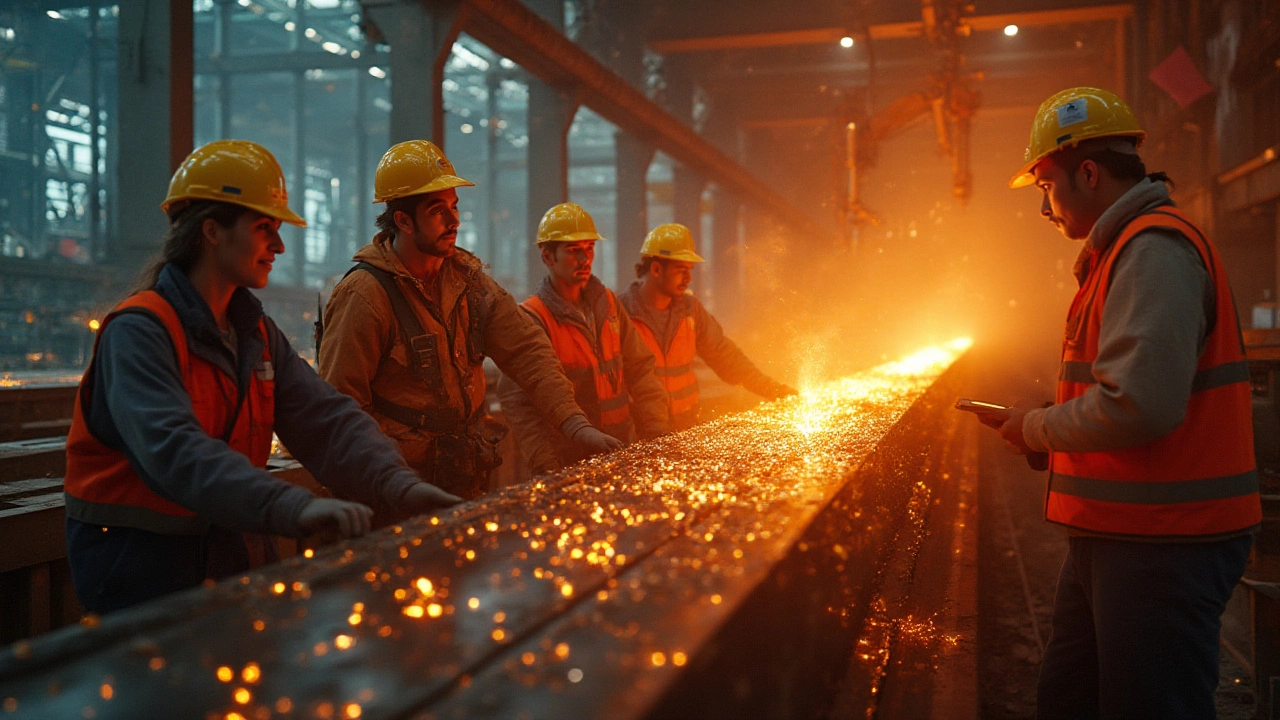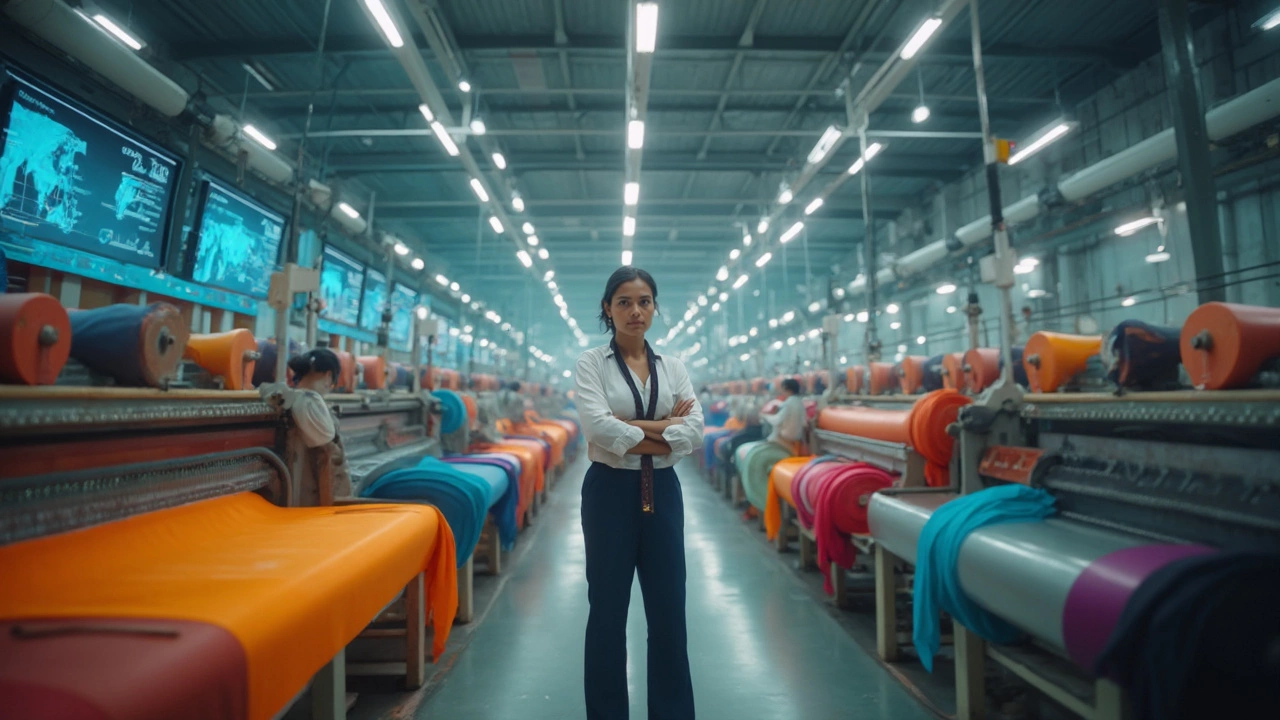Fabric Manufacturing: Trends, Materials, and Sustainable Practices
When working with fabric manufacturing, the process of turning raw fibers into finished textiles for apparel, home goods, and industrial uses. Also known as textile production, it sits at the heart of the global clothing supply chain and links agriculture, chemistry, and engineering. Understanding how it works helps anyone from a hobbyist seamstress to a factory manager make better choices.
Core Materials that Drive Fabric Production
The backbone of any fabric is its fiber source. cotton, a natural, breathable fiber grown in fields across India and beyond remains the go‑to material for comfort wear because it feels soft and absorbs moisture. On the other side, synthetic fibers, man‑made threads such as polyester and nylon derived from petrochemicals give manufacturers speed, durability, and cost‑effectiveness, especially for fast‑fashion and technical textiles. Together, these fibers illustrate how fabric manufacturing spans agriculture and chemistry.
Beyond the raw material, the way factories treat those fibers matters a lot. sustainable manufacturing, practices that cut waste, lower energy use, and recycle water and chemicals is becoming a must‑have rather than a nice‑to‑have. Techniques like low‑liquor dyeing, closed‑loop water systems, and using recycled polyester cut emissions and keep rivers cleaner. When manufacturers adopt these methods, they not only meet tighter regulations but also win over eco‑conscious buyers.
India’s textile sector shows how fabric manufacturing fuels local economies. The industry provides millions of jobs, from cotton pickers in Punjab to machine operators in Gujarat. Growth in this sector lifts household incomes and spurs related services like logistics and design. The link between fabric manufacturing and community welfare means policies that support the industry have a ripple effect across the whole economy.
Technology is reshaping the factory floor. Automation, AI‑driven quality checks, and digital pattern making speed up production while reducing errors. At the same time, new materials such as bio‑based plastics and recycled PET are entering the mix, blurring the line between traditional fabrics and modern polymers. These innovations answer the market’s call for lighter, stronger, and greener textiles.
Current market trends point to a rising demand for eco‑friendly fabrics. Customers are looking for garments that combine the comfort of cotton with the performance of synthetics, but without the environmental baggage. Brands are responding with blended fibers, water‑less denim finishes, and transparent supply chains. This shift lines up with recent articles on plastic demand, recycling, and the broader impact of manufacturing on society, showing that fabric manufacturing doesn’t exist in a vacuum.
Below you’ll find a hand‑picked collection of articles that dive deeper into each of these topics—whether you’re curious about the latest synthetic fiber breakthroughs, want tips on making your own sustainable fabrics, or need a rundown of how Indian factories are adapting to new regulations. Let’s explore the practical insights and real‑world examples that can help you navigate the world of fabric manufacturing.
Indian States Famous for Fabric: A Deep Dive into Textile Heritage
Discover the Indian states most iconic for fabric, explore their textile heritage, unique materials, and practical tips to experience India's vibrant fabric industry.
- manufacturing
- India
- food processing
- garden tips
- rice cultivation
- government schemes
- balcony garden
- urban gardening
- balcony gardening
- profitable business
- business ideas
- plastic manufacturing
- drip irrigation
- plant care
- steel manufacturing
- sustainable gardening
- startup ideas
- steel industry
- flower gardening
- textile manufacturers






